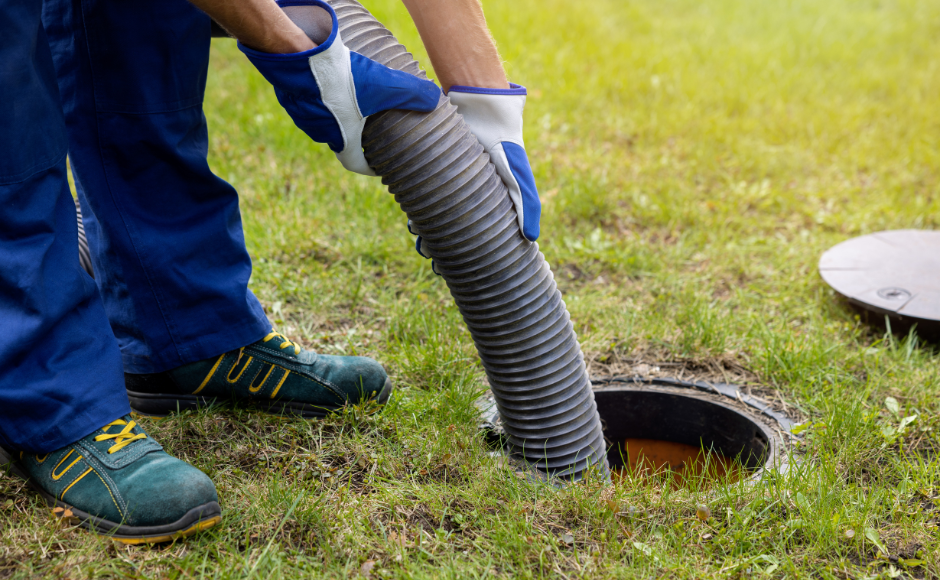
Whether you’ve recently acquired your first home with a septic system or have lived in one for years, it’s essential to take proper care of your septic system to maintain the health of your home environment. A failing system can be an unpleasant, unsafe, and costly problem. Here’s a simple guide to the care and maintenance of residential septic systems.
What is a septic system?
A septic system is an underground wastewater treatment structure commonly used in areas lacking centralized sewer systems, such as rural areas and the more distant suburbs of major cities. They use a combination of nature and proven technology to treat wastewater from household plumbing produced by bathrooms, kitchen drains, and laundry.
A typical septic system consists of a septic tank and a drain field, or soil absorption field. The septic tank digests organic matter and separates floatable matter (such as oils and grease) and solids from the wastewater. The liquid wastewater (effluent) then exits the tank into the drain field where it is naturally filtered by the soil, which removes harmful bacteria, viruses, and nutrients.
How to care for your septic system
Septic system maintenance isn’t just about preventing failures; it’s about maximizing the longevity of your system and protecting local water quality. Here are key steps to keep your system functioning effectively:
- Regular inspection and pumping. The Environmental Protection Agency (EPA) recommends having a professional inspect your septic system every three years and having the tank pumped as necessary, typically every three to five years.
- Efficient water use. The practice of efficient water use improves the operation of a septic system and reduces the risk of failure. High-efficiency toilets, faucet aerators, and showerheads can help reduce the volume of water entering the septic system. Reducing the water load can prevent the system from becoming overburdened and ensure that it remains functional.
- Proper waste disposal. The septic system can be seriously impacted by what goes down the drain. Avoid flushing anything besides human waste and toilet paper. Never flush or dispose of these items in your drain:
- Cooking grease or oil
- Nonflushable wipes
- Photographic solutions
- Feminine hygiene products
- Condoms
- Dental floss
- Diapers
- Cigarette butts
- Coffee grounds
- Household chemicals like gasoline, oil, pesticides, antifreeze, paint, or paint thinners
- Maintain your drain field. The drain field is a crucial component of your septic system. Keep the area clear of parked cars or heavy equipment. Plant trees an appropriate distance from your drain field to prevent roots from growing into your septic system. Keep roof drains, sump pumps, and other rainwater drainage systems away from the drain field area, as excess water slows down the wastewater treatment process.
- Be SepticSmart. The EPA’s SepticSmart initiative offers numerous resources to help homeowners care for their septic systems. It provides practical advice about correct maintenance procedures, the importance of periodic inspections, and how to protect your system from damaging substances and behaviors.
Get financing for septic system replacement with Michigan Saves
Need to replace your septic system? Michigan Saves is your trusted financial partner in accessing affordable, customized home solutions that enhance your living experience, reduce your energy bills, and address other essential needs, such as lead abatement and septic system replacement.
The Septic Replacement Loan Program, created in partnership with the Michigan Department of Environment, Great Lakes, and Energy, provides low-interest financing to Michigan homeowners to replace failing or near-failing septic systems. Homeowners can access two loan tiers by working with a Michigan Saves-authorized septic installation contractor. Loans will range from $1,000 to $50,000 per project, and actual rates, terms, and loan amounts will vary.
Get started by connecting with one of our authorized contractors and getting a quote. Together, we can create a home that safeguards your family against unexpected flooding, contamination, and heating issues. Start saving with us today!


